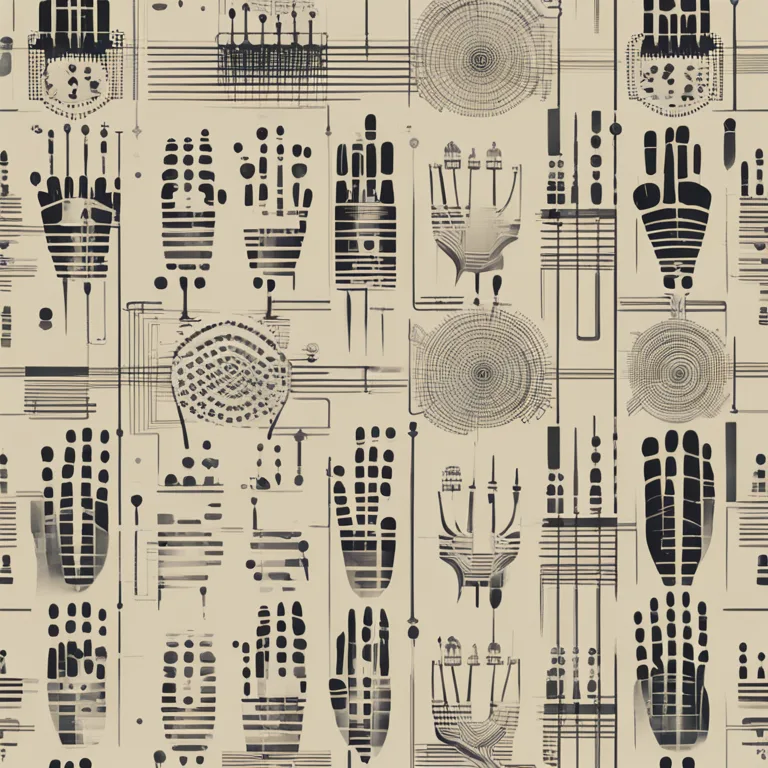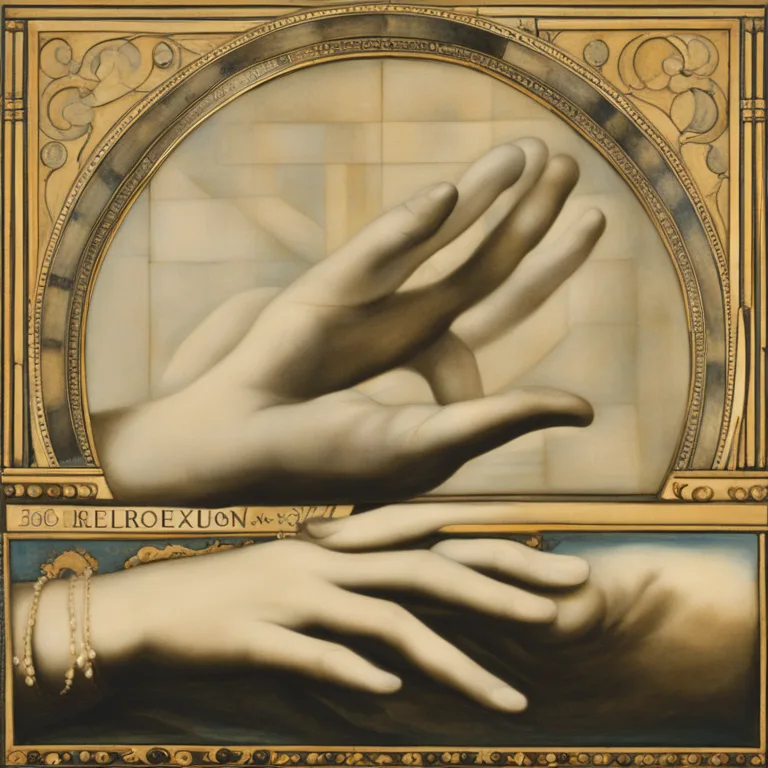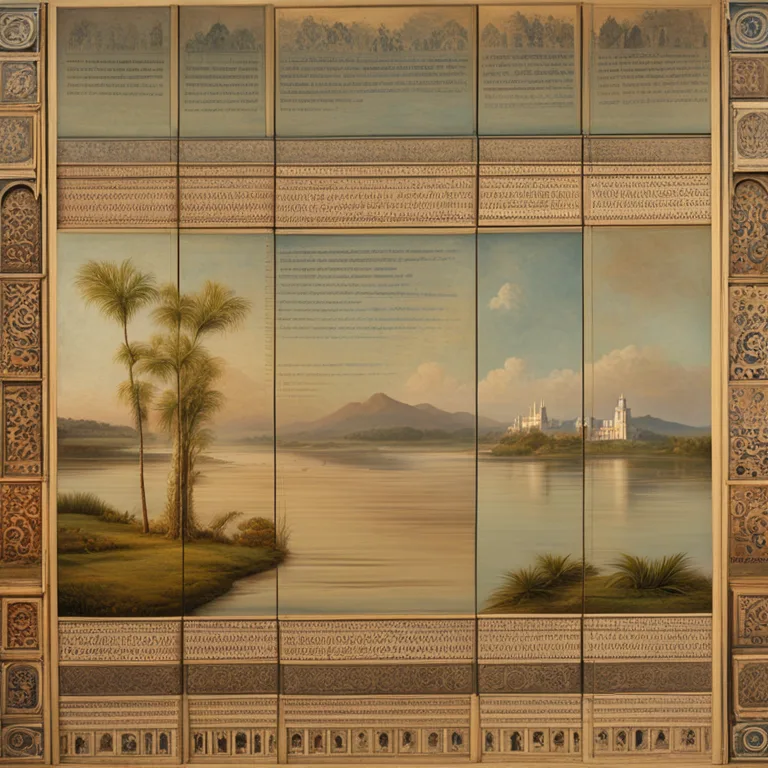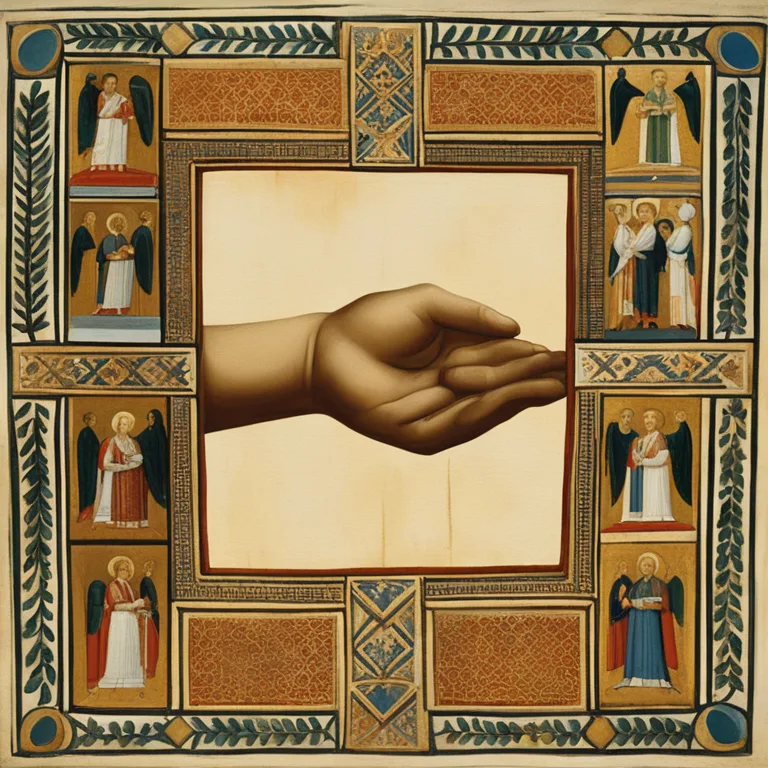
The Origins of Palmistry: A Historical Overview
Delve into the historical roots and the mysterious creation of palmistry, the ancient art of hand analysis for personality and future insights.
article by Nora Pennington
The Mysterious Beginnings of Palmistry
Although the exact origins of palmistry are shrouded in history, it is commonly believed that the practice began in ancient India. It was initially rooted in Hindu astrology and first mentioned in the Vedas, the sacred Hindu texts. From India, the knowledge of palmistry spread to China, Tibet, Persia, Egypt, and Greece. Aristotle (384–322 BCE) is often credited with discovering a treatise on palmistry on an altar to the god Hermes and subsequently presented the work to Alexander the Great (356–323 BCE), who took great interest in examining the character of his officers by analyzing the lines on their hands.

The Spread to Western Cultures
The practice of palmistry would not remain confined to the East. During the Middle Ages, it traveled to Europe, brought back by the soldiers of Alexander the Great. It faced stiff opposition from the Catholic Church, which labeled palmistry as a form of pagan divination. However, it survived in various European cultures, often as a part of folk tradition. By the 17th century, as the Renaissance blossomed, palmistry began to be seen through a more scientific lens, particularly after the publication of 'Chirologia' and 'Chironomia' by the English physician John Bulwer in 1644.

A Renaissance in Interest
The art of palmistry saw a significant revival during the late 19th and early 20th centuries, with figures such as William John Warner, also known as Cheiro (1866–1936), bringing palmistry back into the public eye. Cheiro wrote several books on palmistry and became the palmist to many famous personalities of his time. These developments brought palmistry back into the forefront of the mystical and esoteric sciences, echoing its earlier status in different cultures as a revered practice.

The Modern Evolution of Palmistry
Today, palmistry is viewed through various lenses—some perceive it as a pseudoscience, while others see it as a valuable tool for self-discovery and psychological insight. Modern palmists often combine traditional methods with psychological concepts and incorporate new techniques such as fingerprint analysis and dermatoglyphics (the study of skin patterns). The evolution of palmistry continues as it adapts to contemporary thought and research methods, all while maintaining its roots as an ancient form of divination and character assessment.

Palmistry Across Different Cultures
It's essential to note that while the practice of palmistry has a shared history, it has manifested uniquely across cultures. Chinese palmistry, for example, is closely intertwined with the principles of Feng Shui and traditional Chinese medicine, placing emphasis on the balance of the elements and chi (energy) within the body. Similarly, different lines and mounts on the palm are given their own particular significance across differing systems, highlighting the cultural richness that influences the interpretation of a person’s palm.
Critical Thought in Contemporary Palmistry
In our contemporary era, palmistry is often subjected to skeptical scrutiny. With an emphasis on empirical evidence and the scientific method, many dismiss palmistry as mere superstition. Nevertheless, the field remains an area of interest for people worldwide, viewed as a personal narrative tool or a way to gain insights into one's character and potential futures. Despite criticisms, an increasing number of people continue to be drawn to palmistry, seeking both entertainment and personal enlightenment.
Published: 1/3/2024
Modified: 1/3/2024
More predictions
Come back here soon to learn more about yourself and your future


The Secrets of Palmistry Travel Lines
Discover the meanings behind the travel lines on your palms and how they may hint at your journey through life.


Accuracy in Divination: Palmistry vs. Astrology
Explore the relative accuracy of palmistry and astrology in predicting the future and revealing personal traits in this insightful comparison article.


Palmistry Lifespan Insights: How Long May You Live?
Delve into the art of palmistry to discern potential lifespan indicators from the lines and features of your hands in this insightful article.